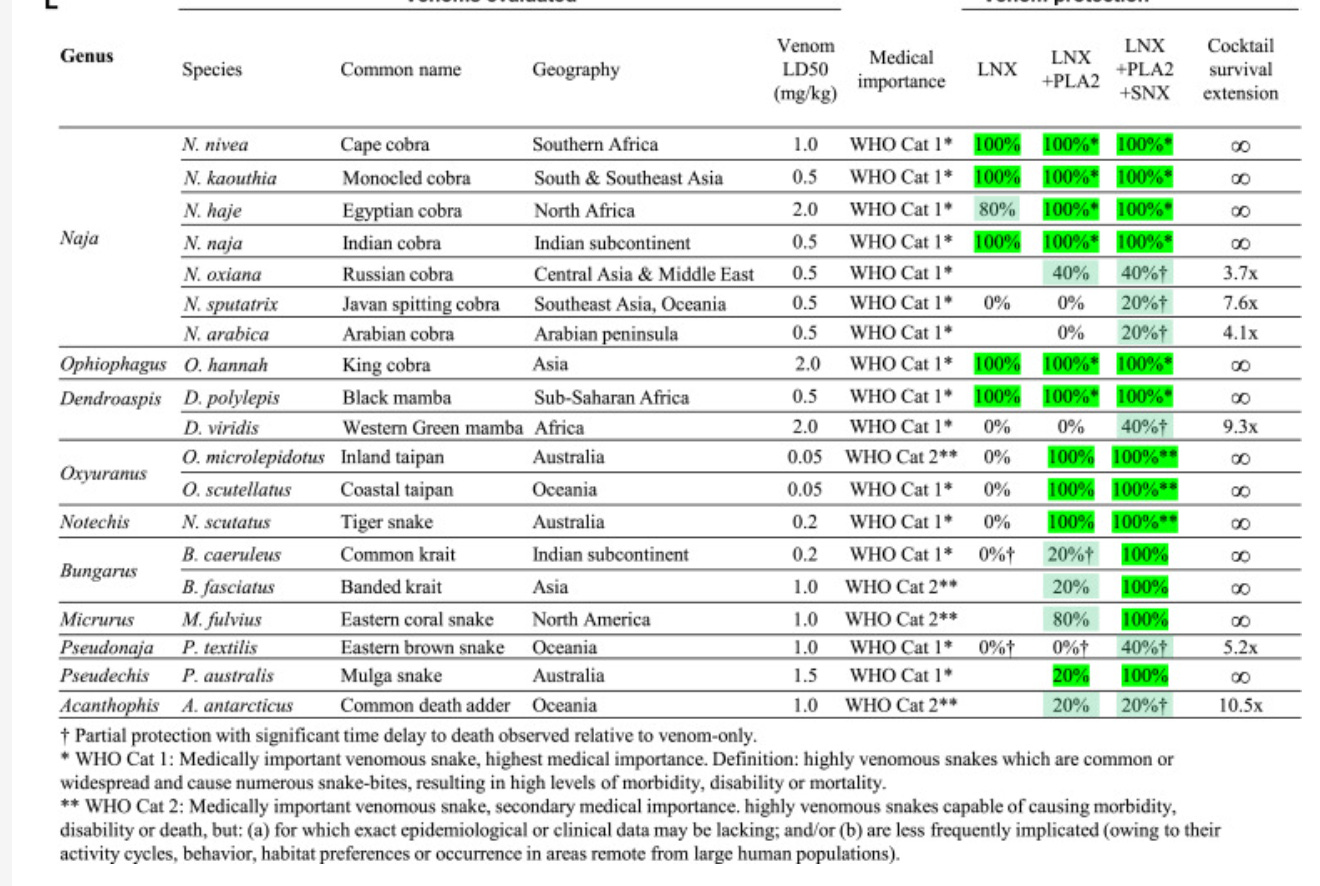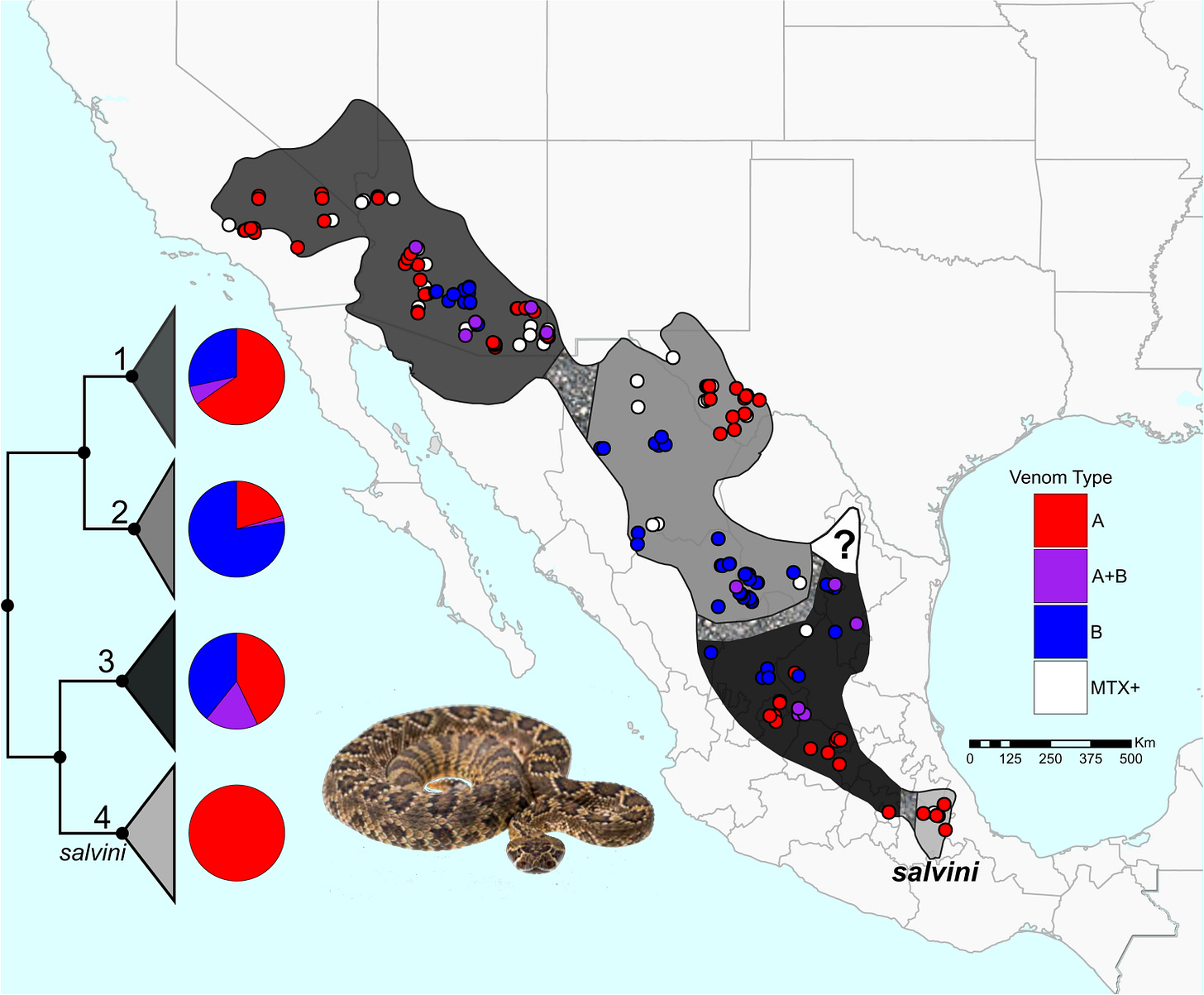
LessWrong (30+ Karma)
“Will protein design tools solve the snake antivenom shortage?” by Abhishaike Mahajan
Another note: Just yesterday, the same day this article was released, the New York Times put this out: Universal Antivenom May Grow Out of Man Who Let Snakes Bite Him 200 Times. I was scooped! Somewhat. I added an addendum section discussing this paper at the bottom.
Introduction
There has been a fair bit of discussion over this recent ‘creating binders against snake venom protein’ paper from the Baker Lab that came out earlier this year, including this article from Derek Lowe.
For a quick recap of the paper: the authors use RFDiffusion (a computational tool for generating proteins from scratch) to design proteins that bind to neurotoxic protein found in snake venom, preventing it from interacting with the body. They offer structural characterization results to show binding between their created protein binder and the protein in question (three-finger toxins), and in-vivo results in mice demonstrating that their [...]
---
Outline:
(00:41) Introduction
(02:04) The dismal state of antivenom production
(05:33) A primer on snake venom heterogeneity
(13:03) A primer on snake antivenom
(19:59) Do computationally designed antivenoms actually solve anything?
(27:42) An addendum: the NYT article over universal antivenoms
---
First published:
May 6th, 2025
Narrated by TYPE III AUDIO.
---
Images from the article:




Apple Podcasts and Spotify do not show images in the episode description. Try Pocket Casts, or another podcast app.


